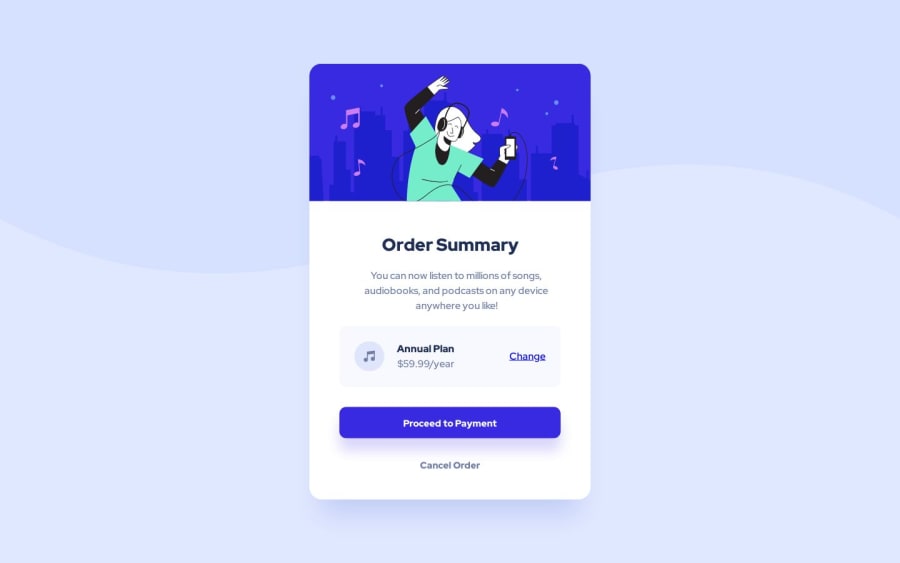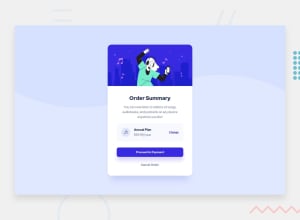
Design comparison
SolutionDesign
Solution retrospective
I was having trouble with the responsiveness part of this project. What are the best ways to make this project responsive? Going from mobile to desktop and vice versa.
Community feedback
Please log in to post a comment
Log in with GitHubJoin our Discord community
Join thousands of Frontend Mentor community members taking the challenges, sharing resources, helping each other, and chatting about all things front-end!
Join our Discord
